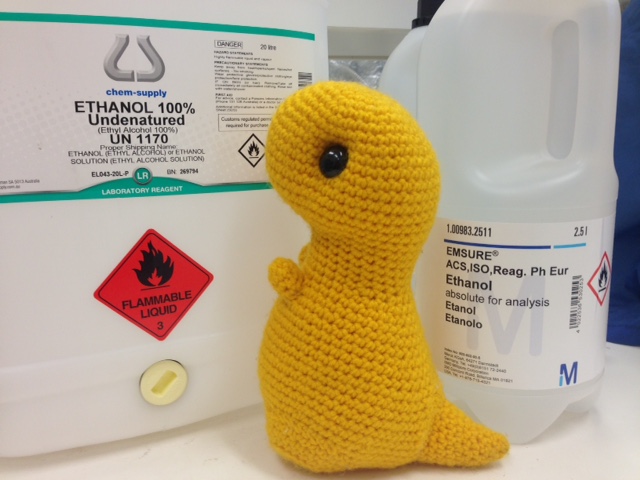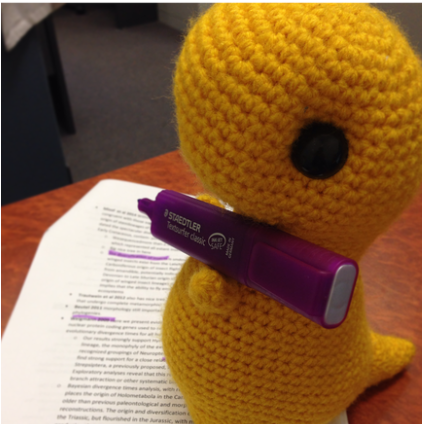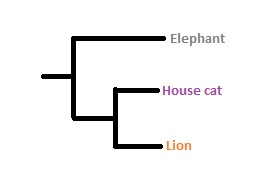Today we helped another lab member pick up some ethanol for a field trip. 100% ethanol is used for storing insect specimens, as it stops the DNA in the cells of the insect from breaking down. We need to keep the DNA in good condition so that we can extract it and sequence it, to eventually use it to determine how the different insect specimens are related to each other... but more on that later in the project!
By using 100% ethanol and storing the insect specimens in the fridge, we can keep the DNA usable for years. Because older collections are often all pinned, or their specimens are in formalin (which makes the DNA unusable) or 70% ethanol (which contains water that breaks down the DNA), our project will need some fresh specimens stored in 100% ethanol to be able to do any work on the DNA.
Today we learnt where to pick up ethanol from in the University, which will be handy when we go on our own field trip in Summer!
By using 100% ethanol and storing the insect specimens in the fridge, we can keep the DNA usable for years. Because older collections are often all pinned, or their specimens are in formalin (which makes the DNA unusable) or 70% ethanol (which contains water that breaks down the DNA), our project will need some fresh specimens stored in 100% ethanol to be able to do any work on the DNA.
Today we learnt where to pick up ethanol from in the University, which will be handy when we go on our own field trip in Summer!



 RSS Feed
RSS Feed
